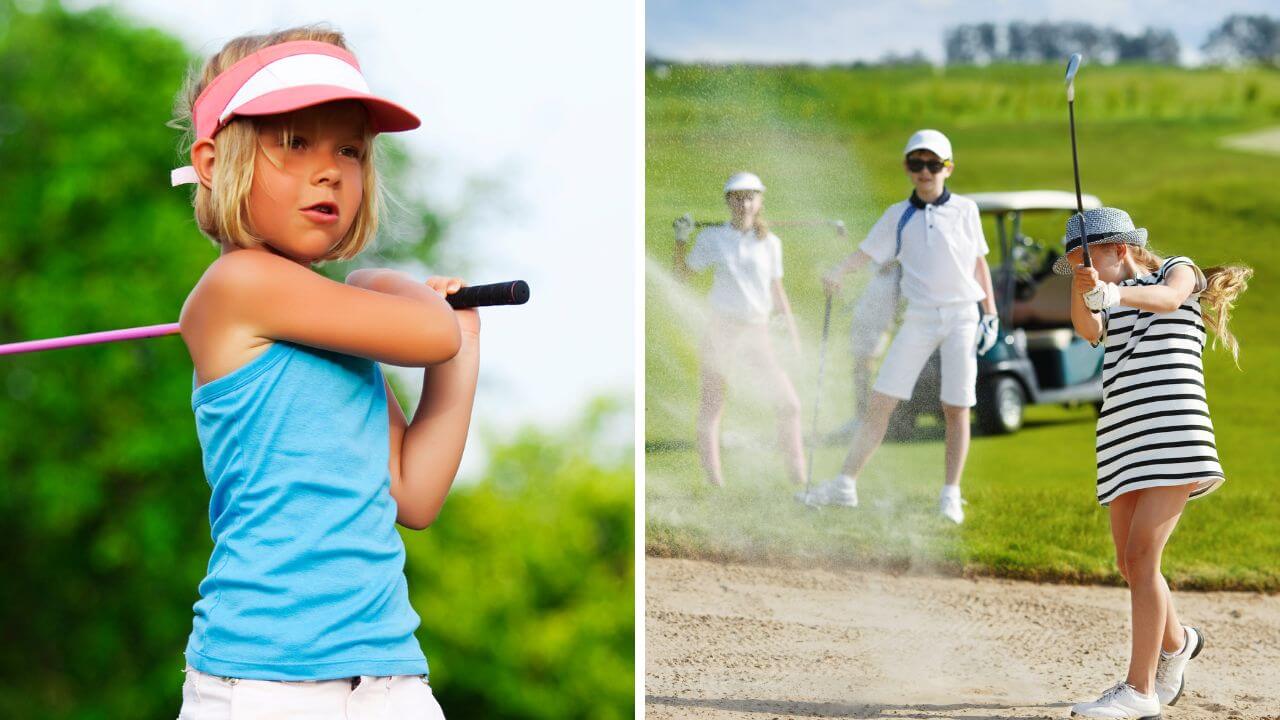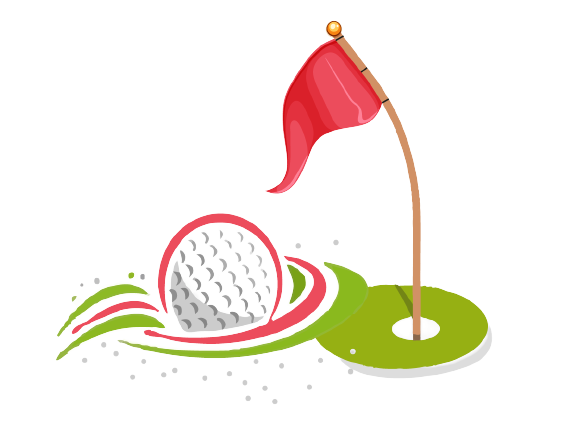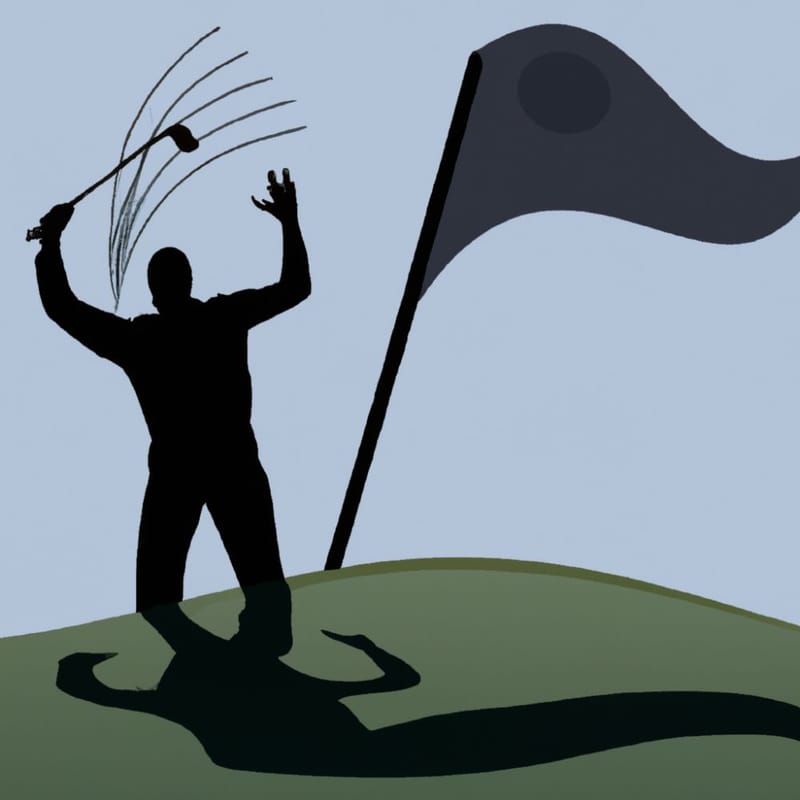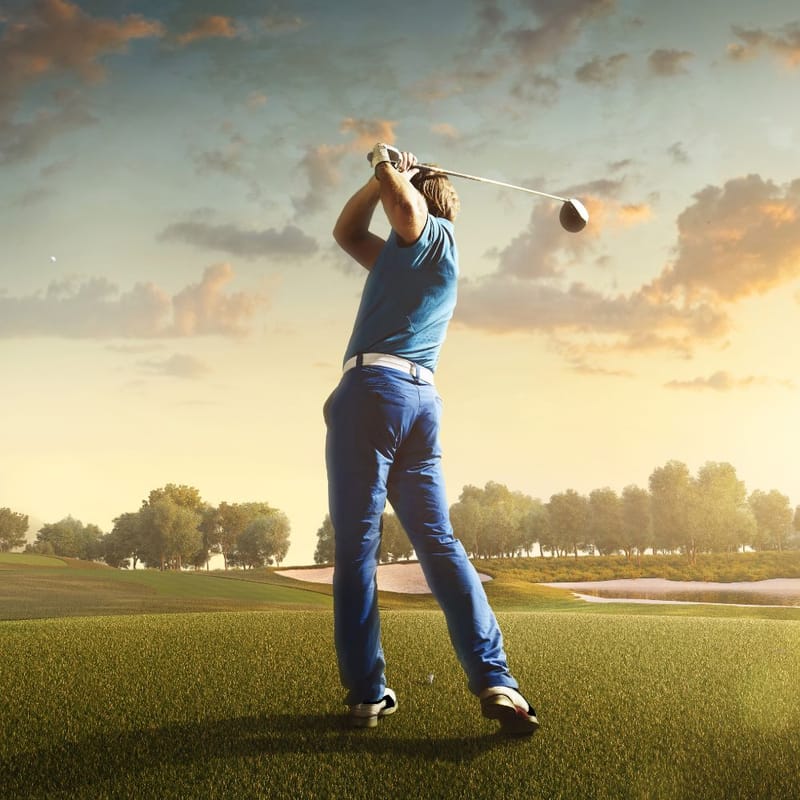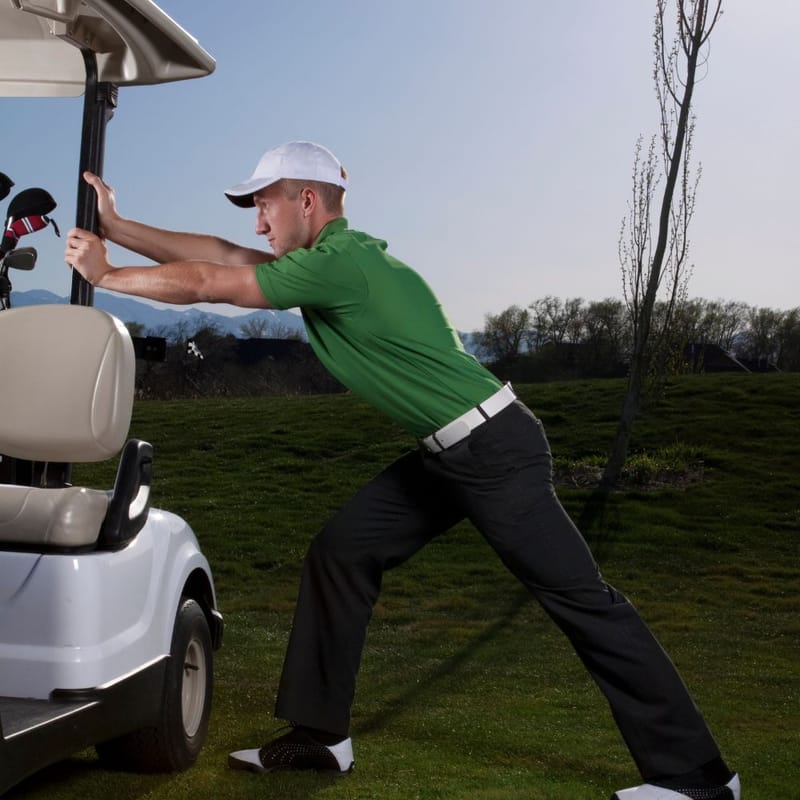Content Summary
Do you remember the dance craze with Chubby Checker called the Twist? I thought I was reliving my youth the other day when all my driver wanted to do was twist. My swing was so out of whack that I kept hitting off-center drives all over the place. This started me thinking about an old instructor who was into the science side of golf.
How often have you thought about the physics involved in your golf game? Particularly, have you ever contemplated the moment of inertia in golf? It may seem far removed from your average Sunday game, but its intricacies impact every swing you take.
In simplest terms, the moment of inertia, also known as MOI, is a measure of an object's resistance to rotation around a specific axis, in this case, the golf club's resistance to twisting during a swing (hence the Chubby Checker reference).
The higher the MOI of a golf club, the more resistant it is to twisting, which is especially important during off-center hits. High MOI golf clubs provide stability and forgive mishits, while lower MOI clubs offer more control and workability. This delicate balance of physics and design is why understanding the moment of inertia is crucial to improving your golf game.
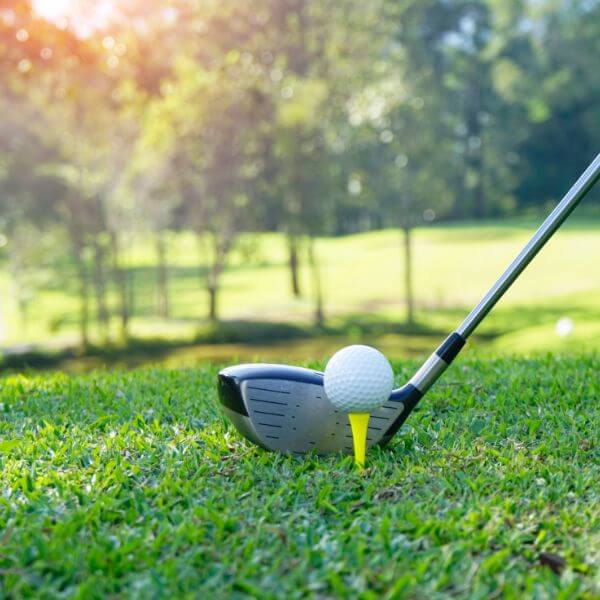
In this article, we'll discuss the world of golf from a whole new perspective, examining the science behind your swing and specifically, the moment of inertia in golf. We'll discuss how it influences the performance of your golf clubs, how golf club manufacturers manipulate MOI to suit various playing styles, and the overall impact it has on your game.
A Detailed Explanation of Moment of Inertia in Golf
What is MOI?
MOI, or moment of inertia, is a term borrowed from physics. It describes an object's resistance to rotational motion around a specific axis. In layman's terms, it is the measure of how much resistance an object has to twisting. In the context of golf, MOI refers to how much a golf club will twist when it hits a golf ball.
Golf club manufacturers manipulate the MOI to produce different outcomes. A high MOI golf club is designed to resist twisting at impact, making it more forgiving for off-center hits. On the other hand, a lower MOI club will offer more control and workability but may not forgive off-center hits as well.
How does MOI affect your Golf Swing?
When a golfer swings a club, the clubface rarely hits the ball dead-center every time. The impact often occurs off-center, causing the clubhead to twist. Here's where MOI plays its part. A golf club with a high MOI is more resistant to this twisting motion. Therefore, even with an off-center hit, the ball can still travel relatively straight, a feature that's highly beneficial for the average golfer.
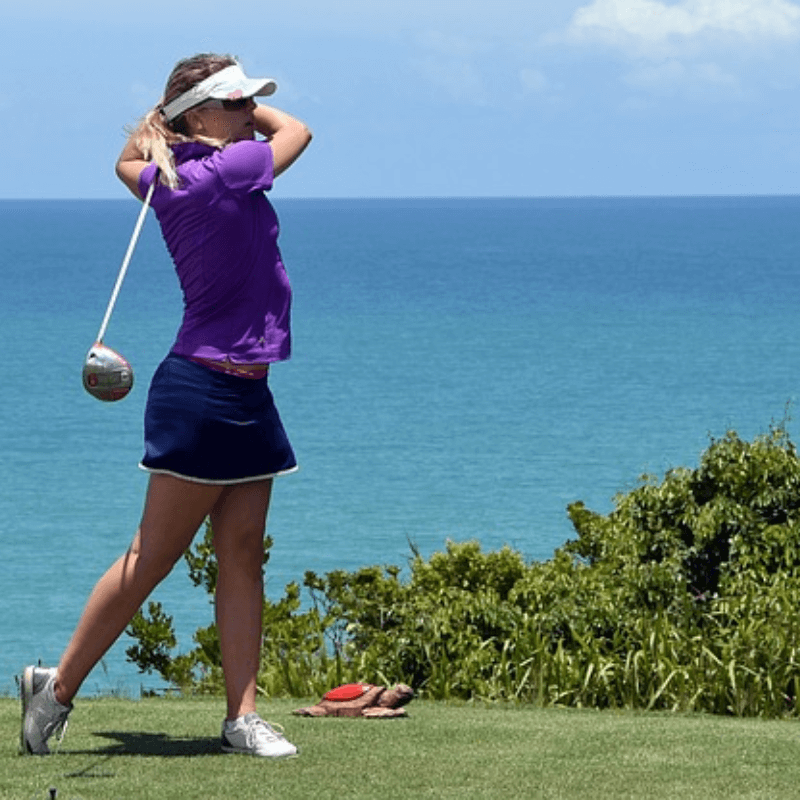
The Role of Golf Club Design in MOI
Golf club designers aim to increase the MOI of clubs to make them more forgiving. This is usually achieved through perimeter weighting, where the weight of the club is distributed around the edges of the club head. This design increases the MOI, reducing the club's tendency to twist on mishits, and helps the ball travel straighter and farther.
Here's everything else you need to know about MOI, including how it varies across different types of clubs, how the USGA regulates it, and how it can help you choose the right golf club for your game.
The Moment of Inertia across Different Types of Golf Clubs
MOI in Drivers
Drivers, the longest clubs in the bag, are specifically designed for maximum distance. This makes them more prone to mishits and off-center hits, which can greatly affect ball speed and direction. Therefore, high MOI drivers are crucial in reducing the twisting caused by off-center hits, helping the ball travel straighter and farther. Golf club manufacturers have been pushing the envelope in driver design, strategically placing moveable weights to maximize MOI and optimize performance.
MOI in Irons
The MOI in irons plays a significant role in the golfer's ability to hit center hits. Higher MOI irons generally have a larger 'sweet spot,' meaning that even mishits are more likely to result in decent shots. Irons with high MOI are typically cavity-backed, with weight distributed around the perimeter of the clubface. This increases the club's resistance to twisting, making it a more forgiving club for the average golfer.
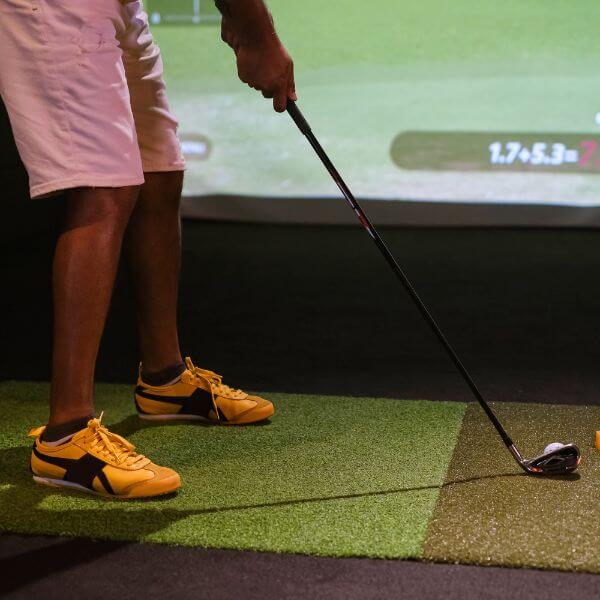
MOI in Putters
Putters may be the shortest clubs in the bag, but MOI still plays a crucial role. A high MOI putter offers more forgiveness on off-center hits, keeping the ball on the intended line. The design of the putter can greatly affect the MOI. Mallet putters, for example, often have a high MOI due to their larger heads and perimeter weighting.
MOI and the USGA
The USGA (United States Golf Association) recognizes the significance of MOI in club design and performance. They've set an MOI limit for clubs, excluding putters, of 5900 grams per centimeter squared to maintain a level playing field. While club companies continually innovate to maximize MOI, they must adhere to this limit to ensure their clubs are eligible for tournament play.
MOI and Your Game: Choosing the Right Club
Understanding MOI can help you make an informed decision when choosing your golf clubs. If you're a golfer who often mishits or hits off-center, a club with a higher MOI can help your shots go straighter and further. However, if you value workability and control over forgiveness, a club with a lower MOI may be the right choice for your game. By considering MOI, you can choose the right club to enhance your performance on the fairways.
MOI and Clubhead Weight
Importance of Clubhead Weight
Clubhead weight is another crucial factor that directly impacts the MOI of a golf club. A heavier clubhead generally implies a higher MOI, which means more resistance to twisting at impact and more forgiveness on off-center hits. Club designers often manipulate clubhead weight, clubhead size and shape, to adjust the MOI and match specific player needs.
The Trade-Off
While higher clubhead weight can increase the MOI, it's essential to note the trade-off that comes with it. A heavier clubhead might make the club harder to swing and control, especially for those with slower swing speeds. As such, golfers must find the right balance that suits their swing and ability.
MOI and Shaft Length
Effect on MOI
Shaft length has a significant effect on the MOI of a golf club. Longer shafts increase the club's MOI, making them more resistant to twisting at impact. This can benefit players who often hit the ball away from the sweet spot, as a high MOI can help to correct the ball's trajectory.
The Balance
Similar to clubhead weight, while a longer shaft can increase the MOI and potentially the distance of shots, it can also make the club more challenging to control. Therefore, golfers need to find a shaft length that offers an optimal balance between control, forgiveness, and distance.
The Evolution of MOI in Golf Club Design
Golf club design has continually evolved, with an increasing focus on maximizing the MOI to improve club performance.
From the traditional persimmon woods with their low MOI to modern drivers with their high MOI and moveable weights, the changes in design reflect the growing understanding and importance of MOI in the game.
It also underscores the ongoing commitment of golf club manufacturers to use the principles of physics to enhance the golfing experience.
Final Thoughts
The world of golf is full of intricate details that can influence your game in remarkable ways. Among these, understanding the moment of inertia, or MOI, can be a game-changer. As we've explored in this article, the MOI of your golf clubs impacts your ability to control your shots, especially when dealing with off-center hits.
Knowing how MOI varies across different types of clubs and how it's influenced by factors such as clubhead weight and shaft length, allows you to make more informed decisions when selecting golf clubs. Moreover, understanding the USGA regulations surrounding MOI ensures your clubs are within the accepted standards for competition.
Remember, a club with a higher MOI can offer more forgiveness for mishits and off-center hits, making it particularly suitable for beginner and average golfers. On the other hand, a lower MOI club, while less forgiving, provides more control and workability, something that more skilled golfers might prefer.
So, next time you're selecting a new golf club, don't overlook the moment of inertia. Understanding this key concept can help you elevate your game and get closer to that perfect swing you're striving for.
FAQs - Moment of Inertia in Golf
What does MOI stand for in golf?
Moment of Inertia (MOI) in golf refers to the resistance of a golf club to twisting when hitting a ball.
Is a higher MOI in a golf club better?
A higher MOI in a golf club offers more forgiveness on mishits and off-center hits, making the ball go straighter and farther. Therefore, it can be particularly beneficial for beginner and average golfers. Especially with Golf driver MOI.
How does MOI affect the performance of a putter?
In putters, a high MOI offers more forgiveness on off-center hits, helping the ball to stay on the intended line.
Does the USGA regulate MOI?
Yes, the USGA (United States Golf Association) regulates MOI. It has set a limit for MOI of 5900 grams per centimeter squared for clubs, excluding putters.
Can I increase the MOI of my golf club?
Yes, the MOI of a golf club can be increased by manipulating factors such as club head weight and shaft length. However, such modifications should always comply with USGA regulations.
How does CG in golf (Center of Gravity) relate to moment of inertia in golf
The Center of Gravity (CG) and Moment of Inertia (MOI) are interconnected factors in golf club design. They both impact the club's performance and playability, and their optimization depends on the golfer's skill level and playing style. Golf club manufacturers carefully consider these factors to offer a wide range of clubs to suit various golfers' needs.
Thank you for visiting, and we hope to see you back soon!
